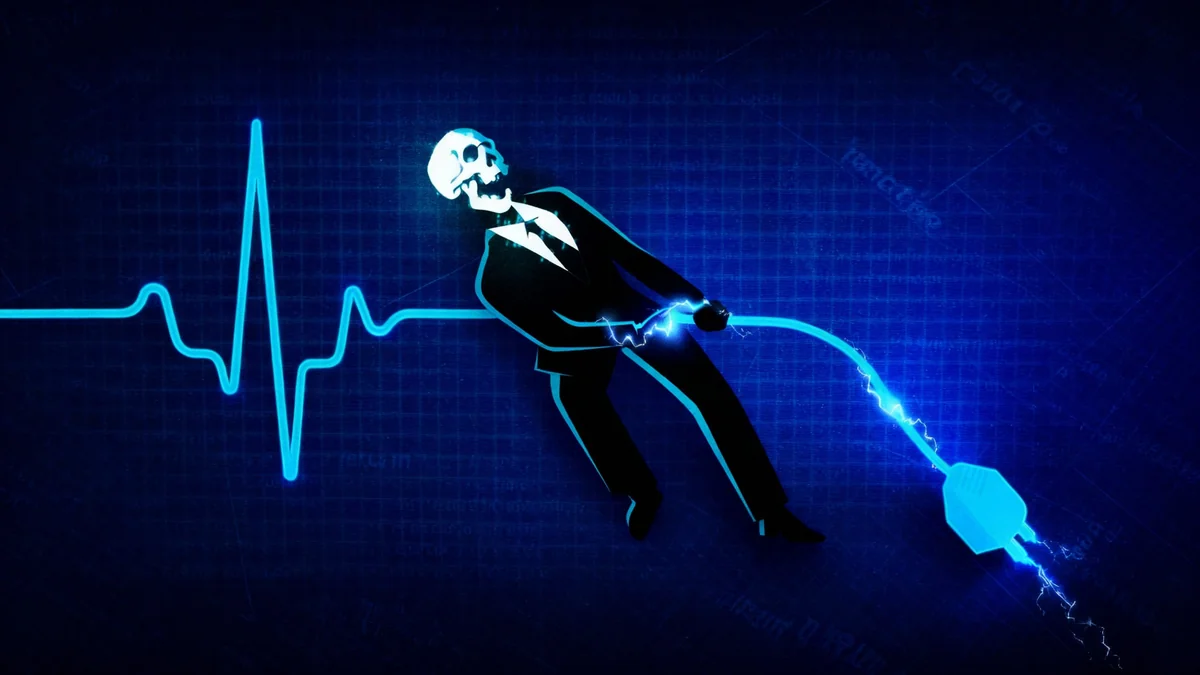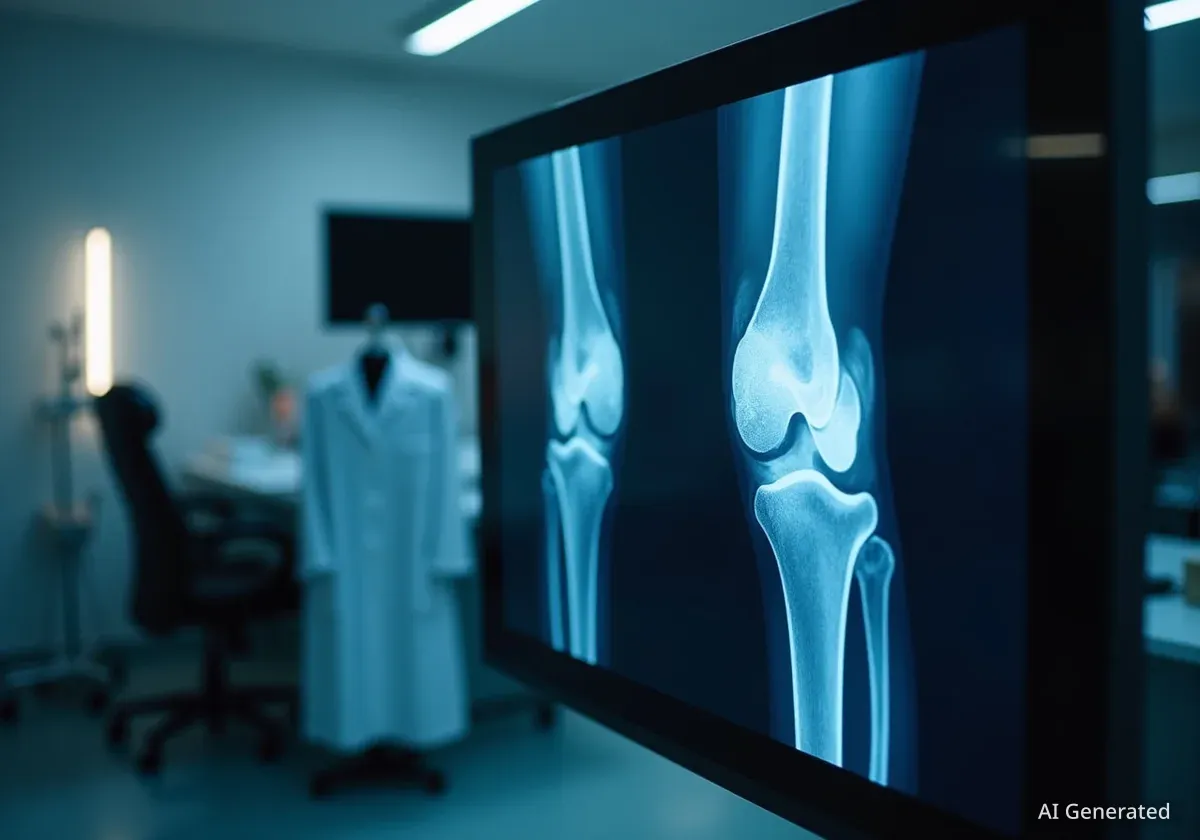A new artificial intelligence tool, developed by a Utah-based AI company and scientists at ARUP Laboratories, can detect intestinal parasites in stool samples with greater speed and accuracy than traditional manual methods. This breakthrough technology holds the potential to significantly improve the diagnosis of parasitic infections globally, offering a more precise and efficient approach to identifying these often elusive pathogens.
Key Takeaways
- An AI tool, developed by Techyte and ARUP Labs, detects intestinal parasites.
- The AI uses a convolutional neural network, outperforming traditional microscopy.
- Researchers trained the AI with over 4,000 diverse samples, enhancing diagnostic accuracy.
- The system identified 169 previously missed organisms, improving patient care.
- AI can detect parasites even in diluted samples, suggesting earlier infection detection.
Revolutionizing Parasite Detection
For decades, diagnosing gastrointestinal parasites relied on traditional microscopy. This process involved highly trained experts manually examining each stool sample. They would meticulously search for cysts, eggs, or larvae, a labor-intensive and time-consuming task. The accuracy of this method often depended on the individual technician's experience and vigilance.
The new AI-powered solution marks a significant shift. It utilizes a deep-learning model known as a convolutional neural network. This advanced AI is designed for extreme precision in identifying parasitic forms. Its development represents a major step forward in diagnostic capabilities.
Fast Fact
ARUP Laboratories first implemented an AI solution in 2019, collaborating with Techyte. This earlier work focused on improving Pap testing, demonstrating a commitment to integrating AI into diagnostic processes.
Improved Sensitivity and Accuracy
Research published in the Journal of Clinical Microbiology details the AI model's capabilities. The study showed that the AI can detect parasites in wet mounts of stool with significantly greater sensitivity than a human observer. This enhanced sensitivity means the system is more likely to identify an infection, even when parasite levels are low.
"What we've accomplished is remarkable. Our validation studies have demonstrated that the AI algorithm has better clinical sensitivity, improving the likelihood that a pathogenic parasite may be detected."
Blaine Mathison, ARUP's Technical Director of Parasitology
Blaine Mathison, the study's lead author and ARUP's technical director of parasitology, highlighted the groundbreaking nature of this discovery. He also serves as an adjunct lecturer in the University of Utah's Department of Pathology. Mathison emphasized the improved clinical sensitivity as a key benefit for patient diagnosis.
The Development Journey
The AI tool is a collaborative effort between ARUP Laboratories and Techyte, an Orem-based artificial intelligence company. Techyte initially started as a university startup in 2013. Its goal was to commercialize discoveries led by Mohamed Salama, who was then an ARUP medical director and a University of Utah pathology professor.
The research team undertook an extensive training process for the AI model. They used over 4,000 parasite-positive samples. These samples were collected from laboratories across multiple continents, including the United States, Europe, Africa, and Asia. This diverse dataset represented 26 different classes of parasites, ensuring the AI's robustness across a wide range of infections.
Background on ARUP Labs
ARUP Laboratories operates as an independent nonprofit enterprise. It is affiliated with the University of Utah School of Medicine's Department of Pathology. As a national reference laboratory, ARUP provides testing services to hospitals and health systems across the United States, playing a crucial role in diagnostic medicine.
Uncovering Missed Organisms
A notable finding from the study was the AI's ability to identify additional organisms that human technicians had previously missed. The tool identified 169 organisms that were not detected during earlier manual reviews. This capability further validates the AI's efficacy and directly improves diagnostic accuracy and subsequent treatment options for patients.
The study also revealed that the AI routinely found more parasites than human technologists. This remained true even when samples were highly diluted. This suggests the system can detect infections at earlier stages or when the concentration of parasites is very low, potentially leading to earlier intervention.
The Human Element in AI Development
Despite the advanced capabilities of the AI, human expertise remains central to its success. The development of such a sophisticated algorithm relies heavily on the quality of data input and the knowledge of the personnel involved. This highlights the synergistic relationship between human intelligence and artificial intelligence in medical diagnostics.
"An AI algorithm is only as good as the personnel inputting the data. We have phenomenal staff who have used their extensive knowledge and skills to build an exceptional AI solution that benefits not just the laboratory, but also patients."
Adam Barker, ARUP's Chief Operations Officer
According to Adam Barker, ARUP's chief operations officer, the exceptional knowledge and skills of their staff were crucial in building this AI solution. He emphasized that the benefits extend beyond the laboratory to directly impact patient care. ARUP has stated its ongoing commitment to developing innovative technologies, including further AI solutions, to enhance diagnostic capabilities and streamline laboratory processes.
Future of AI in Diagnostics
ARUP Laboratories plans to continue its leadership in AI innovation. The organization has already implemented an AI solution to improve Pap testing, indicating a broader strategy for AI integration. Additional AI innovations are currently in development, suggesting a future where AI plays an even more central role in various diagnostic areas, improving efficiency and accuracy across the board.





